Technology has created wonderful things that can make our lives easier and more manageable. We use technology to simplify complex situations, just as traffic signals help keep intersections organized and improve safety. A set of colored lights tells motorists when to go and when to stop — not only making the roadways safer, but also more efficient.
Traffic signals are effective at managing conventional interchanges and diverging diamond interchanges (DDIs). Unlike a conventional interchange, the lanes in a DDI cross over to the left side of the roadway, allowing motorists to make left turns without crossing in front of oncoming traffic. The lanes then change back to the right side of the road at a second traffic signal. These motions would be challenging without the assistance of traffic signals.
But what happens when something goes wrong? The Florida Department of Transportation (FDOT) has simple solutions in place to ensure motorists will not be left in the dark.
Many people know that if a traffic signal loses power, motorists should treat a standard intersection as a four-way stop. But what if it happens at a DDI? It is understandable that drivers might have concerns when faced with unusual conditions, especially in the midst of an unfamiliar traffic pattern, such as the new DDIs along Interstate 4 (I-4).
When an intersection loses power, FDOT sends notifications to the public, requesting motorists seek alternate routes. The Department urges motorists to exercise heightened caution when proceeding through an intersection during outage periods and to be observant of any law enforcement or construction workers at the site.
FDOT has on-site battery backup systems in place to provide power at Central Florida DDIs. In the event of an extended outage, or if a battery backup system fails, crews will immediately deploy generators to deliver power. Law enforcement will also respond quickly to direct traffic during the outage period.
If motorists approach a DDI when signals are not working and law enforcement is not yet present, they should proceed with caution through the interchange, treating nonworking lights as stop signs, much as they would at the intersection of two one-way streets.
First, motorists should stop at all traffic signals, proceeding only when traffic in the other direction is clear. Motorists approaching from different directions should take turns as they would at a two-way stop. When entering the DDI from interstate exit ramps, motorists should stop at the signal and only proceed when the roadway is clear. Once power is restored, the interchange will return to normal operation.
To learn more about DDIs, visit this DDI toolkit.
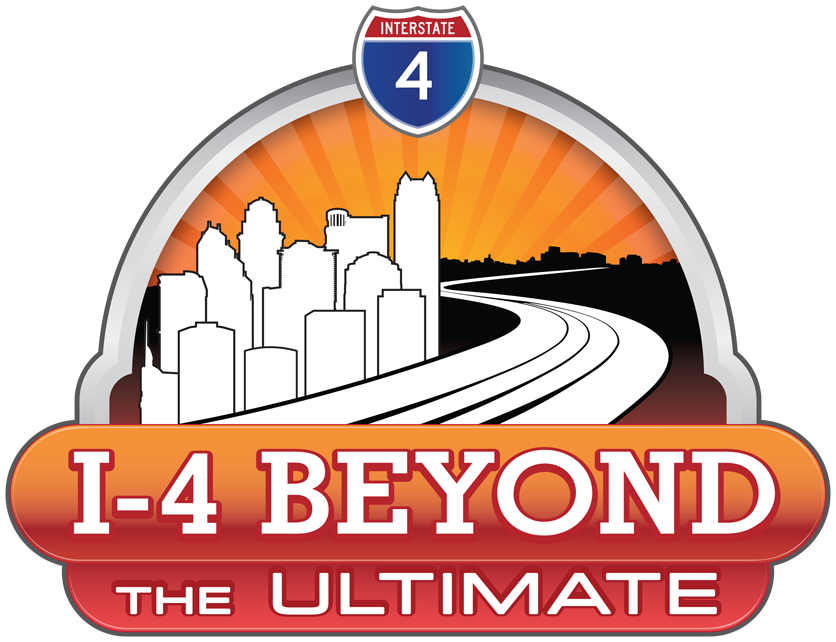

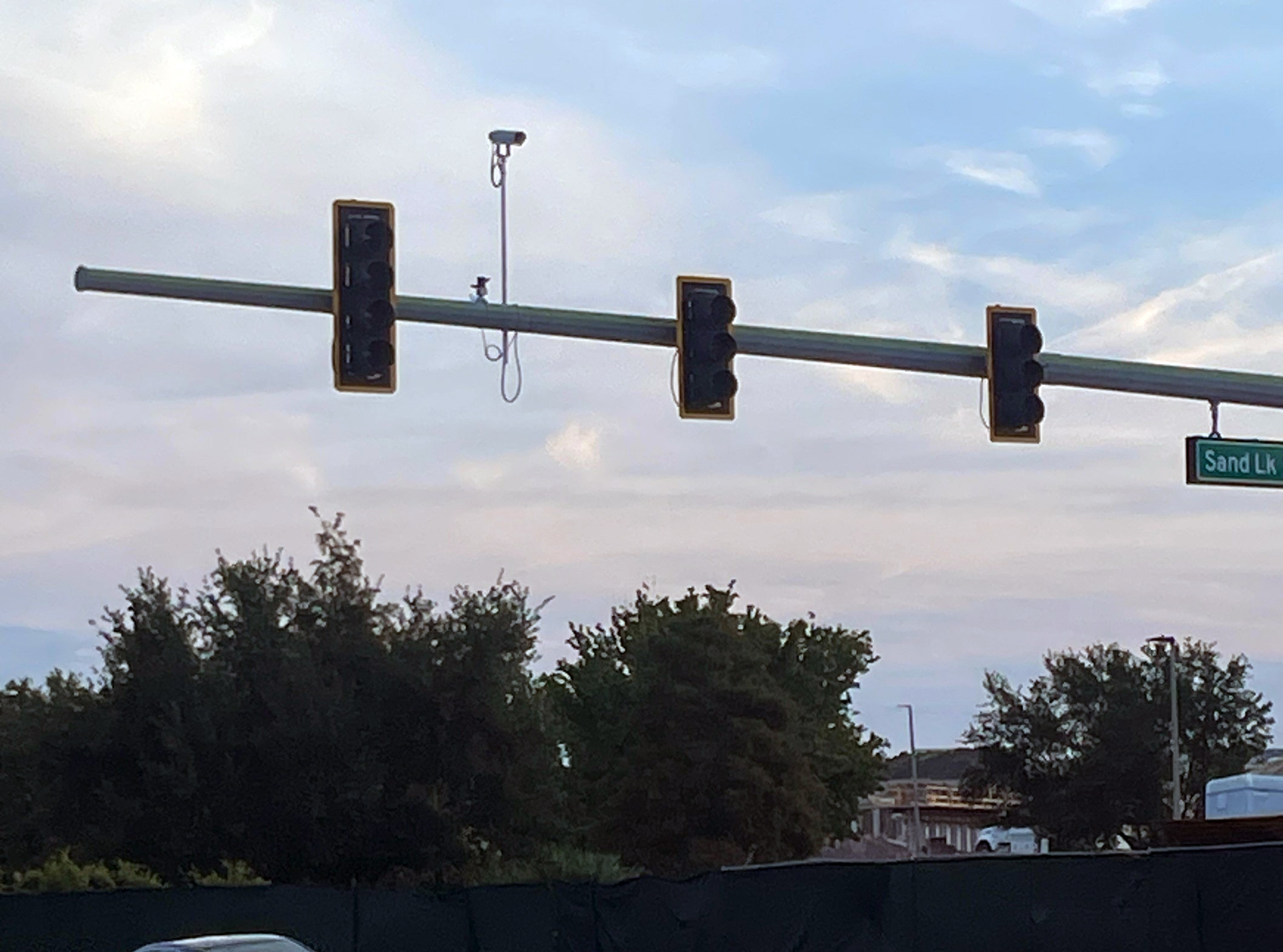
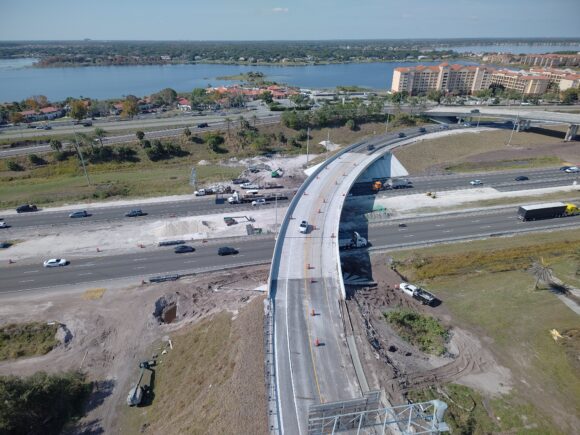 ATTENTION DRIVERS: Overnight Closures of the Westbound I-4 Exit Ramp to Eastbound S.R. 528 December 7-11
ATTENTION DRIVERS: Overnight Closures of the Westbound I-4 Exit Ramp to Eastbound S.R. 528 December 7-11 December Marks National Impaired Driving Prevention Month
December Marks National Impaired Driving Prevention Month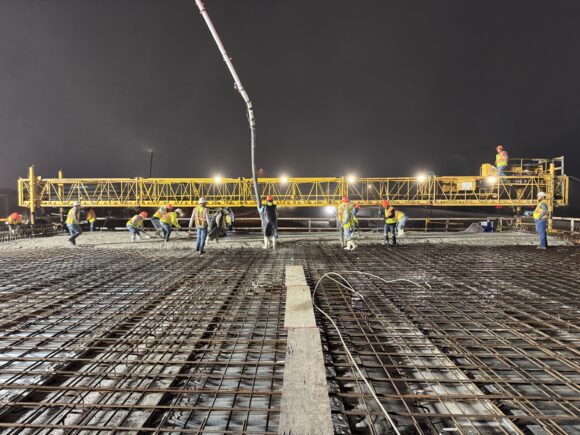 Cold Weather Brings Unique Construction Challenges
Cold Weather Brings Unique Construction Challenges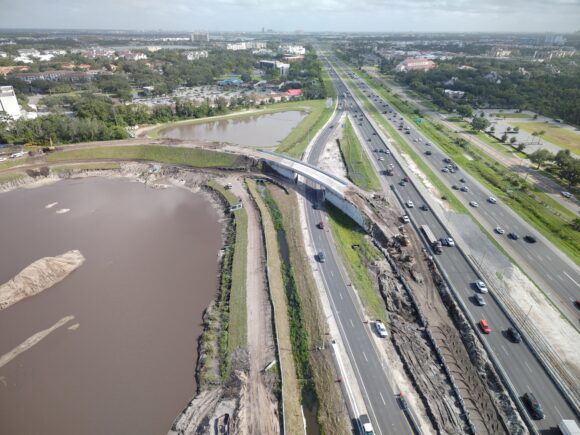 What’s Next for the New Loop Ramp on Apopka-Vineland Road
What’s Next for the New Loop Ramp on Apopka-Vineland Road